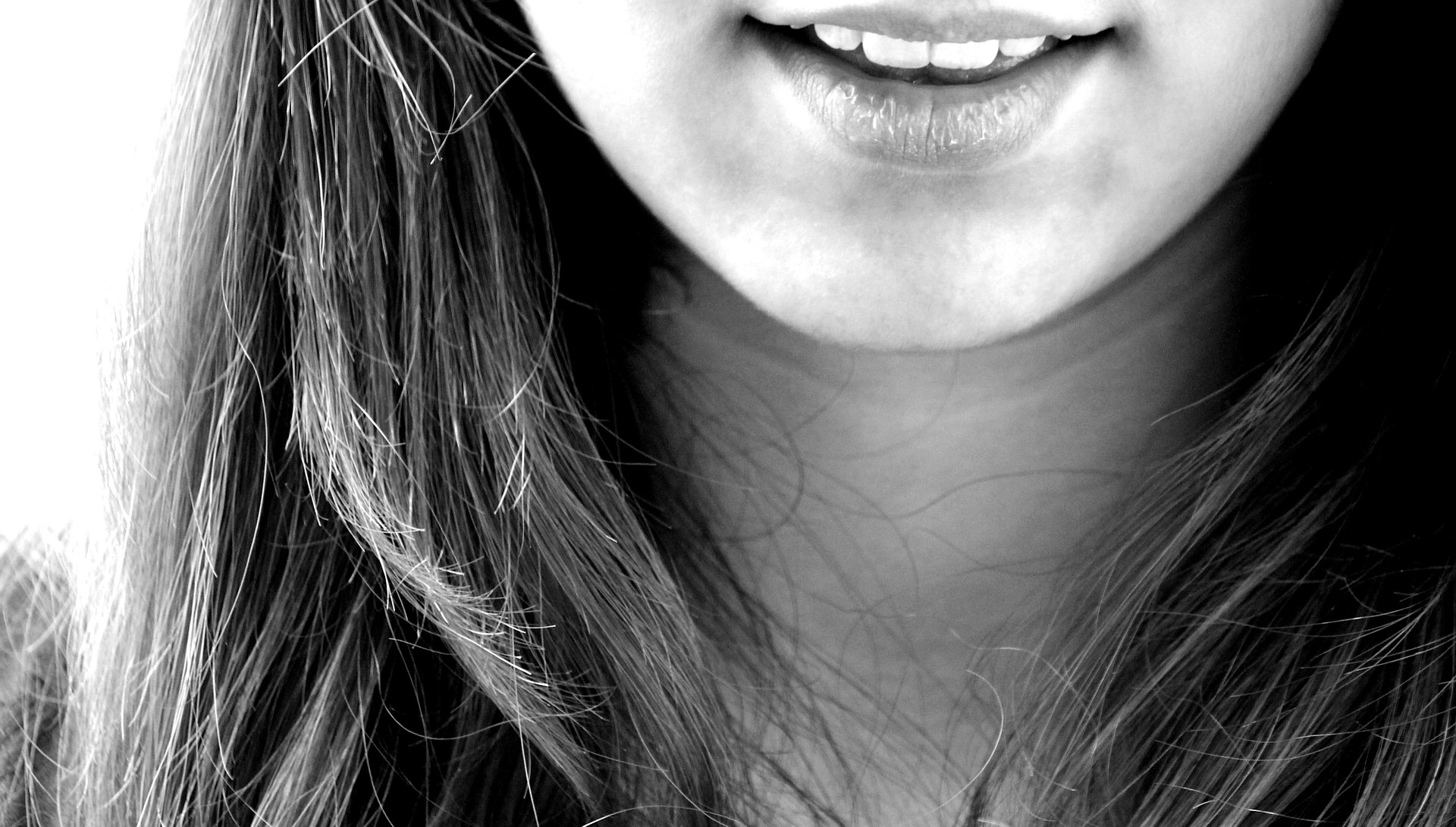Dental care: tips to always have clean teeth
Strong and beautiful teeth are essential. But in order to achieve this, we need to supplement our daily dental care at home with regular professional dental check-ups. In fact, oral hygiene carried out professionally in a dental surgery can be really decisive, even when it comes to simple tooth cleaning. But how do you go about professional teeth cleaning and when should you do it? We would like to answer these questions by providing you with a series of tips that are sure to prove very useful.
Tips for daily dental hygiene
However, dental care needs to be cultivated carefully on a daily basis. Your dentist will also be able to give you the specific advice you need to keep in mind on a daily basis. There are small, healthy habits that should never be lost, even when cleaning your teeth at home.
For example, it is essential to brush your teeth after each main meal, providing a thorough cleaning at least three times a day. It is essential not to be hurried and to brush for at least three minutes. Experts also recommend flossing at least once a day. Flossing plays an important role in removing plaque build-up even in places that are difficult to reach with a toothbrush.
And there’s another habit you shouldn’t forget – changing your toothbrush every two months or so. Always pay attention to any damage that may appear on the bristles and change your toothbrush if it does.
When brushing your teeth at home, pay equal attention to your front and back teeth and don’t neglect certain parts of your mouth. The movement of the toothbrush can also be very important. We recommend that you don’t over rub and don’t exaggerate with excessive pressure, as this can cause increased tooth sensitivity over time. Damage to the gums can occur, and with excessive pressure over time, damage to tooth enamel can occur.
It is very important to act gently, but at the same time with firm movements, especially in the front part of the teeth, making rotating movements from the gums towards the teeth. On the inside of the front teeth, i.e. the incisors and canines, it is better to make a linear movement from the inside to the outside of the mouth.

